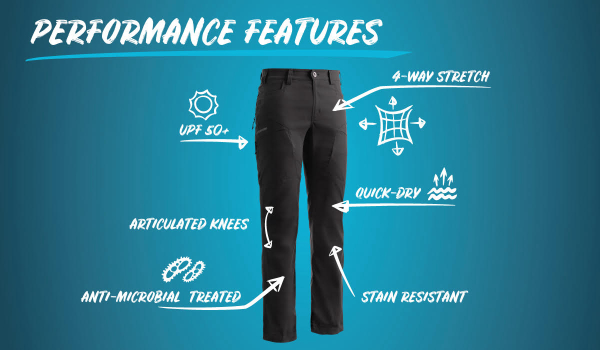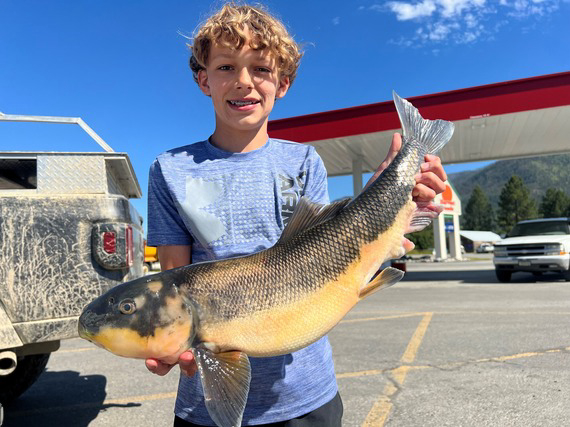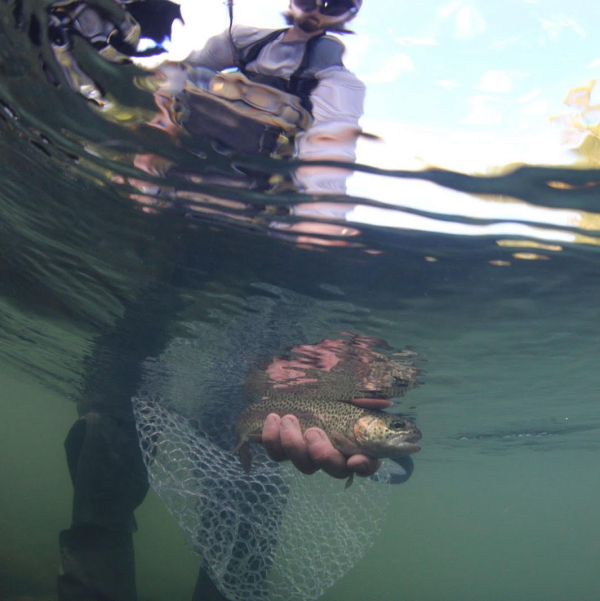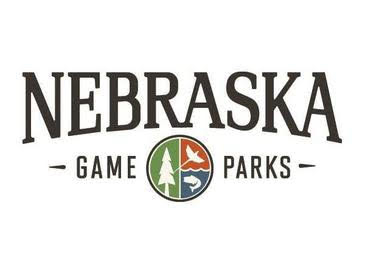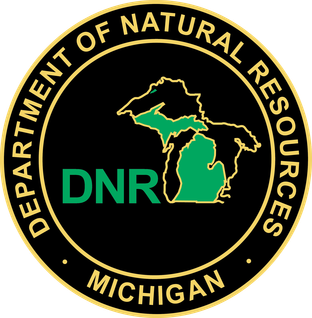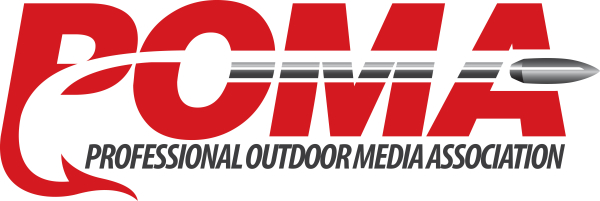Connect-Ease Introduces YAK-EASE Power Pack Pro
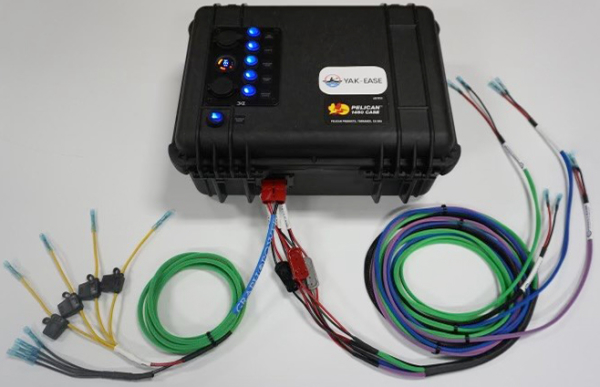
Portable, plug & play power system for the quickest, cleanest power kayak rigging possible
Rigging a fishing kayak with today’s sophisticated fishing electronics, lighting, and various accessories can take days, what with having to source and run wire and fuses, match leads, position batteries, etc.
Connect-Ease has been providing the quickest, easiest, and cleanest power boat rigging possible for years. Now—with the recent introduction of YAK-EASE—the company has extended their expertise into the realms of kayak angling with numerous new, problem-solving rigging and power distribution products.
Like the YAK-EASE Power Pack Pro, a self-contained, portable, plug & play power system that provides the quickest, easiest, and cleanest power kayak rigging possible—while saving hours and hours of sketchy rigging in the process.
Whether you’re setting up a basic fishing kayak to a deluxe, tournament-ready fishing kayak—YAK-EASE Power Pack Pro is the best solution available today
TECHNICAL SPECIFICATIONS Read more

